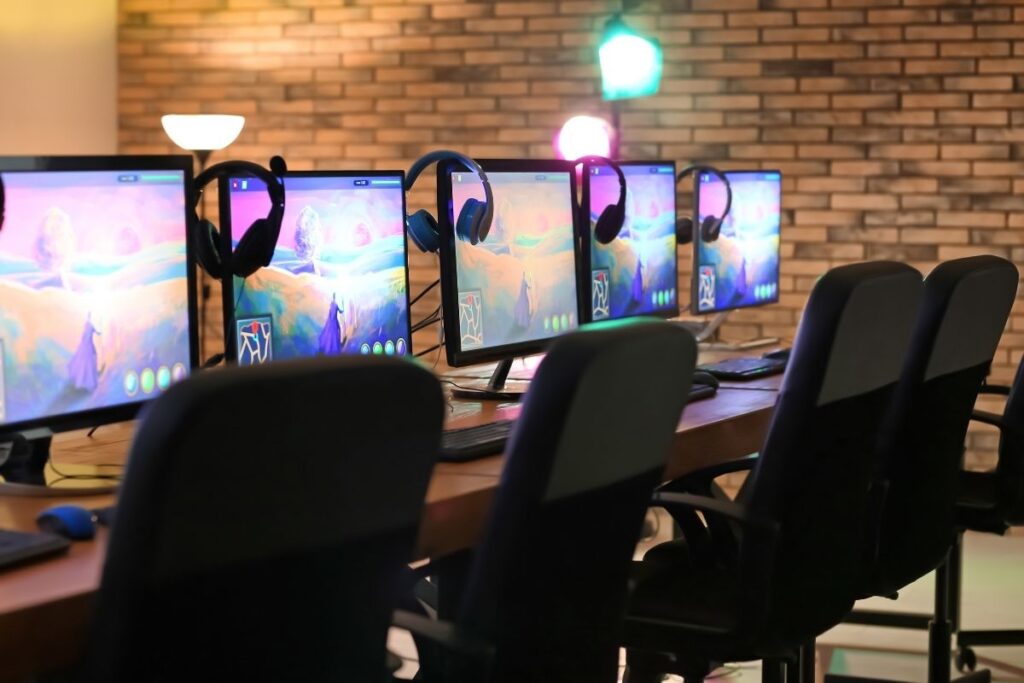Community building is essential when designing your own game. Some designers are great at it. They are going to love us. And they might have loved us as humans. But the minute the game comes out, if it does not engage them, it does not matter.
Drawing a Death – When Community-Building Becomes Excessive
David Jaffe recalls a game he worked on. “Drawing a Death is the biggest failure I’ve ever worked on,” he says. “It was a total crash and burn. I loved it-super proud of it, so proud of the team. Got a couple of good reviews. But mostly, the reviewers hated it. The audience didn’t show up for it-total disaster.” However, Jaffe and his team did great with the community.
So, what went wrong? Jaffe felt they spent too much time community building on drone death. While they were community building, their open and closed betas were not doing well.
But you can put such an emphasis on community that you give it way too much value than it really deserves. Then, it is more lip service. They will say, “oh, community is everything. We listen all the time. We’re here to serve you.” But that is not true. As David Jaffe learned, if you focus too much time on community-building, you can lose sight of how well the game is performing.
Community is Not Just a Two-Way Street
The relationship between customer and designer works when you make what you want, the team wants, and you take appropriate feedback from the community. Pleasing the customer is crucial, but building a successful game is also important. It is not really a two-way street. To keep the relationship healthy, it is more like a 1 1/2 way street.

Top 5 Advanced Makeup Artist Courses: Expert Insights & Tips
Explore advanced makeup artist courses to enhance your skills, stay updated on industry trends, expand your portfolio, and network. Elevate your beauty career today!



